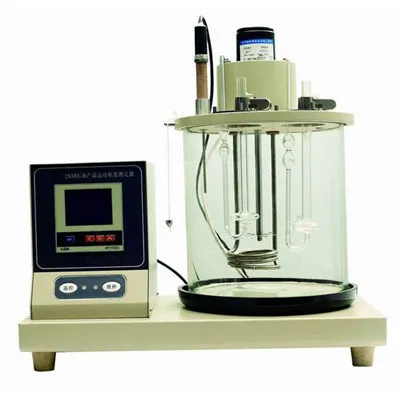
This fluid is passed through a vertical U-tube of known dimensions and a very small diameter. Measuring viscosity via a capillary tube is one of the oldest methods of determining the kinematic viscosity of a sample, requiring prior knowledge of the density and volume of the sample of interest. This blog post will explore five of the fundamental measuring techniques for obtaining the dynamic viscosity and the kinematic viscosity of fluidic samples.

This property is density-dependent and is measured in square meters per second (m 2/s).


These Van der Waals forces are critical facets of a sample’s resistance to deformation, or flow, which defines the material’s viscosity. The viscous properties of a liquid or amorphous solid are primarily determined by inter-particle forces within the solution, including friction and attraction between molecules in the macrostructure.


 0 kommentar(er)
0 kommentar(er)
